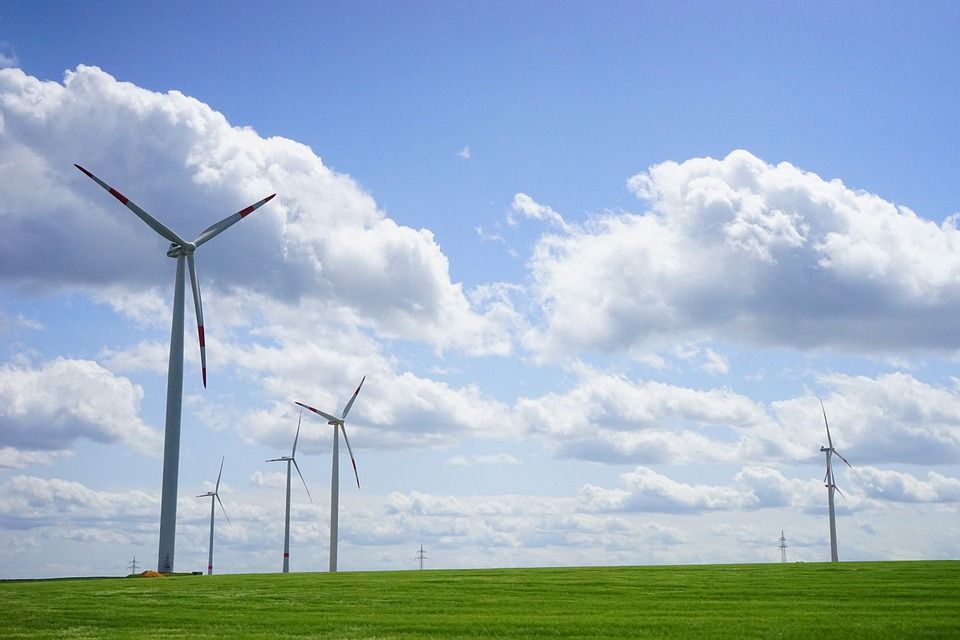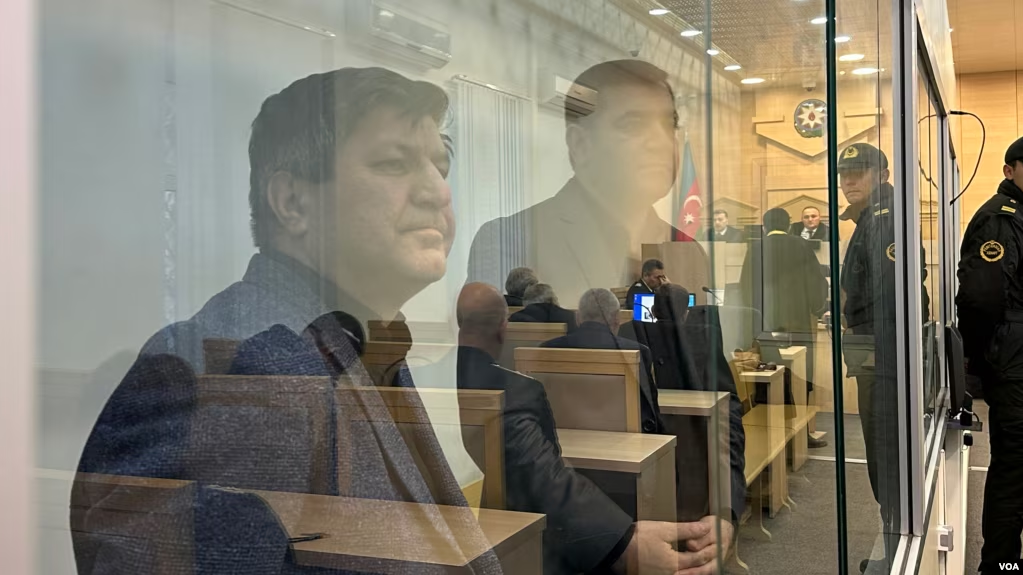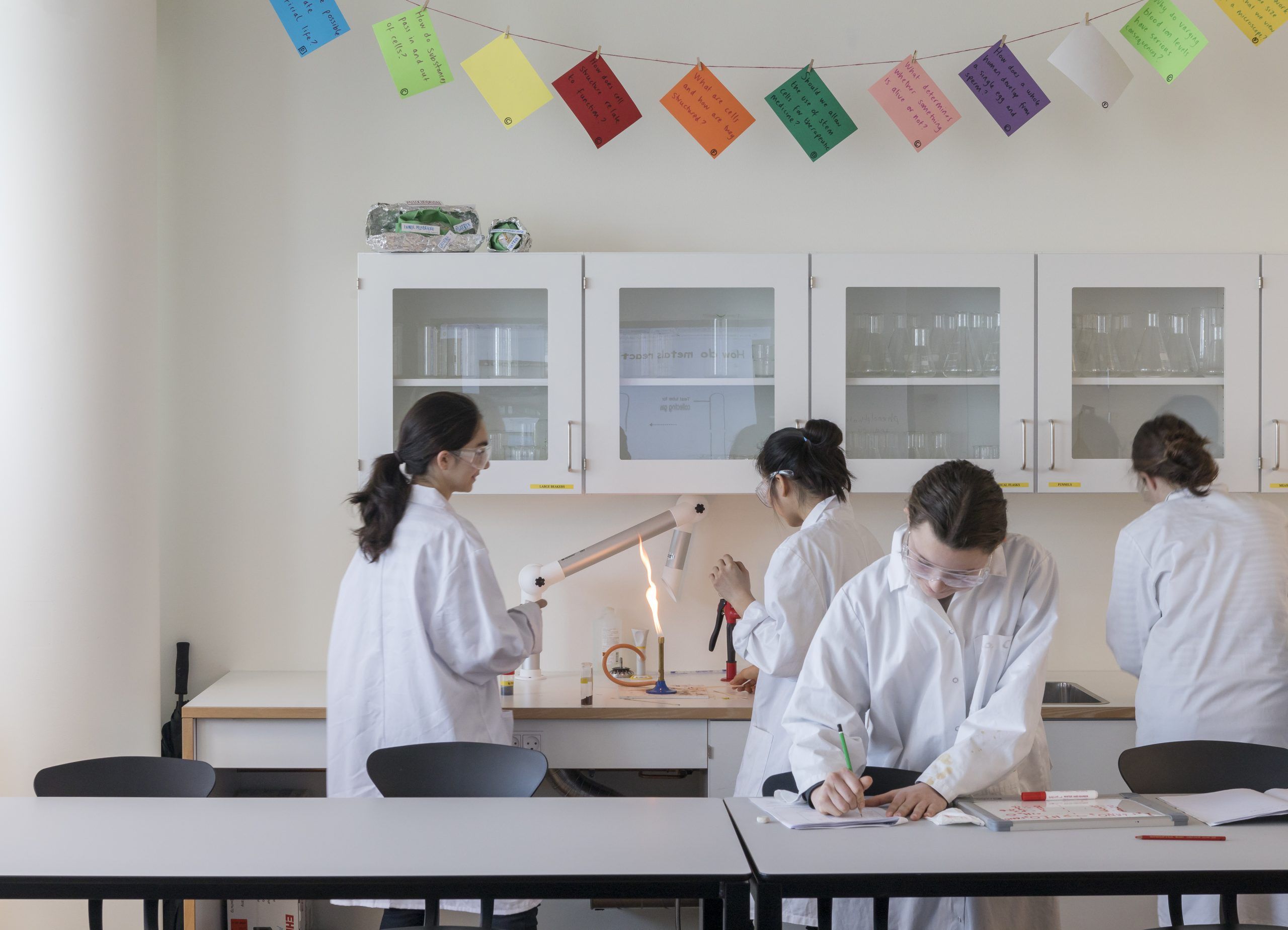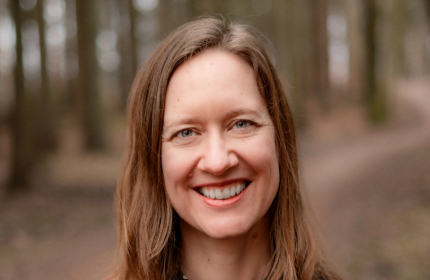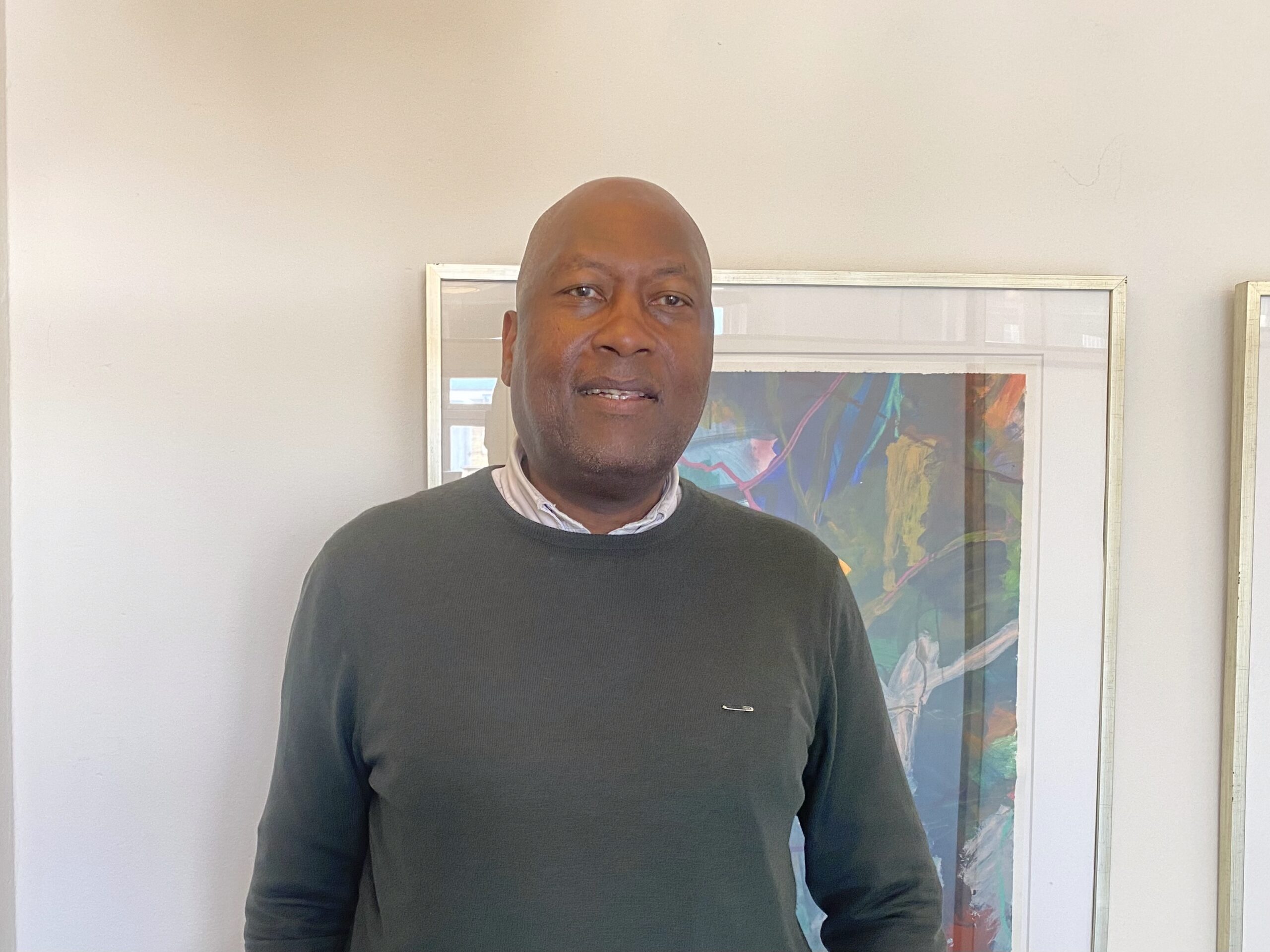Denmark is keen to maintain its pole position within wind energy, and the government has moved to consolidate that trailblazing ambition.
Today, the government and leading representatives from the wind energy sector have signed a declaration of intent that aims to further strengthen the co-operation between Denmark and the global wind industry.
The representatives from the wind energy sector include a number of big players across land and offshore industries, such as Vestas, Siemens Gamesa, MHI Vestas, Ørsted and Vattenfall.
“A solid co-operation with the wind energy industry boosts Denmark, not just as a pioneering nation in terms of green energy, but also in the form of playing a key role in the future development of wind energy technology,” said the finance minister, Kristian Jensen.
READ MORE: New malaria vaccine for pregnant women closer to reality
And they’re off!
As part of the new declaration, one of the first projects to be undertaken involves Lindø Offshore Renewables Center (LORC) seeking 50 million kroner from the Danish state to establish a large offshore wind testing facility.
Furthermore, the agreement paves the way for a dialogue forum that evaluates the conditions and growth prospects of the industry in Denmark through annual meetings.
New bio-map for chemical production
As more and more researchers and companies strive to produce industrial chemicals in a more sustainable manner, a team of Danish and South Korean researchers have developed a bio-chemical mapping system that will ease the road towards the biological production of industrial chemicals. The researchers, from DTU Biosustain and the Korea Advanced Institute of Science and Technology (KAIST), have produced a detailed metabolism map that shows all reactions in the cell that can lead to the production of various types of industrial chemicals. The map will significantly ease the process of constructing micro-organisms that can produce sustainable bio-based chemicals.
Modernising Danish agriculture using satellite
In a bid to modernise the struggling Danish agriculture sector, the government has turned to technology in a bid to streamline the industry and do away with bureaucracy. In the future, farmers will avoid the hundreds of time-consuming physical control visits, as the government will instead use satellite data for monitoring purposes. The move will lead to fewer and shorter physical control visits, less paperwork and more guidance for farmers. The EU Commission has green-lighted the project.
Nimble robots not screwing around
Researchers from the University of Southern Denmark have developed robots that are so nimble-fingered they can pick up small screws and tighten them with screwdrivers. The groundbreaking technology recently landed the researchers the first prize at the world’s most revered competition within robotics, the World Robot Challenge in Japan. With 211 industrial robots per 10,000 workers in Denmark in 2016, the country is the sixth-most automated country in the world.
Prehistoric animals coped well with little O2
Fossils from northern Greenland have revealed that animals coped just fine in the oxygen-starved conditions that existed on Earth some 520 million years ago. Researchers from the University of Southern Denmark are part of a team that discovered that the fossilised animals and the findings now question the importance of the Cambrian Explosion to the evolution of animals. Before the Cambrian Explosion, most organisms were simple and single-celled, while a far more diverse variety of life began to exist after the period – a change widely attributed to an increase of oxygen in the earth’s atmosphere.

